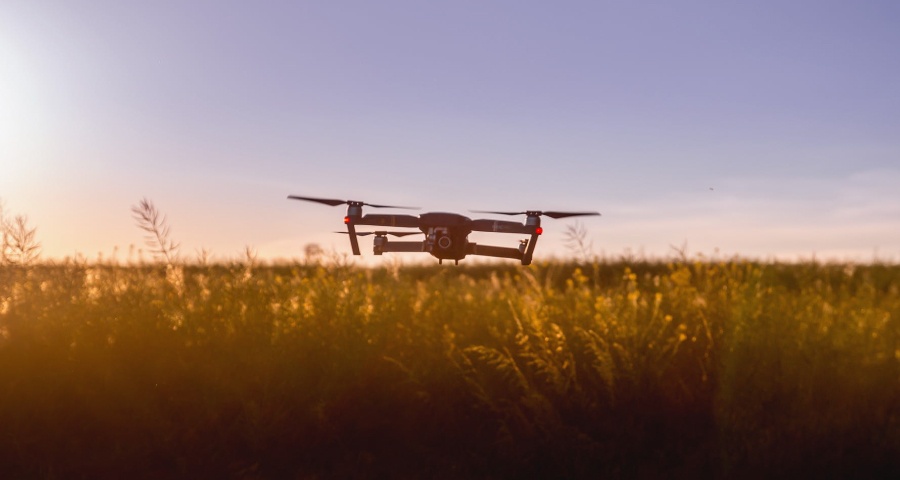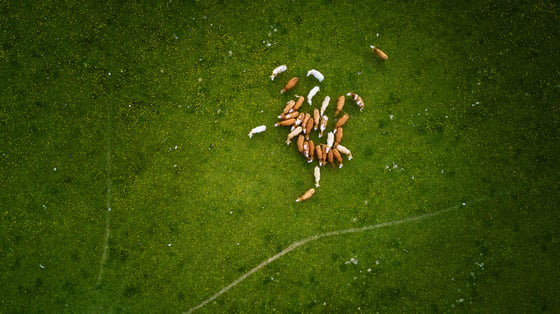
According to a 2017 poll, thirty-one percent of farmers are considering the use of drone technology. The use of drones in agricultural communities is gaining ground due to several key benefits, including higher crop yields, time management efficiencies, and long-term planning abilities. Combined, these benefits allow farmers to increase productivity, while controlling costs and environmental risks.
Uses
Although businesses have been using drones for several decades, the use of drones in agriculture is a more recent development. As the amount of land available for farming decreases and the need for more food increases, the agricultural community is becoming more reliant on technology to produce enough supply to meet demand.
Some of the common uses of drones include spraying crops with fertilizer and pesticides, spotting irrigation problems, surveying and mapping fields, monitoring livestock, and planting.
Benefits
Drones can help farmers save money on labor costs and collect more precise data. A few of the common uses for drones in agriculture can help reduce the amount of resources needed to grow crops, while also reducing the amount of environmental waste from the growing process. When farmers use drones to analyze fields, they can determine which parts of the field need more water, less water or more fertilizer.
The mapping and surveying capabilities of drones and drone-related software applications allow farmers to detect the health and life stages of various crops. Drones can also detect variances in crop health between specific areas of larger fields.

Thermal imaging cameras on certain drone models can alert farmers when livestock is injured or missing. Drones with thermal imaging can also determine whether certain areas of a field are experiencing pooling water or a lack of moisture from irrigation.
Smartphone Apps
Farmers can use smartphone apps to design flight plans for drones and schedule them to take flight from a remote location. An app can tell the drone to take pictures of crops, which can be useful if damage occurs.
The capabilities of the app allow farmers to specify what type of damage crops and fields sustained. With the app, it is easy to distinguish damage caused by hail, flooding, tornadoes or disease. Classifying separate incidents can help farmers keep track of trends and implement some degree of prevention planning.
Some drones have the ability to capture and store data obtained from fields where network or wireless connectivity is a challenge. The data can then be transferred from the drone to the smartphone app where there is solid network or wireless connectivity.
Although the initial cost of purchasing drones can be expensive, manufacturers and software developers are producing solutions specifically for the needs of the agricultural community to help farmers save costs over time.
Have you or anyone you know used drones? What for? Let us know about your experience!
